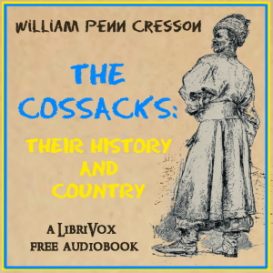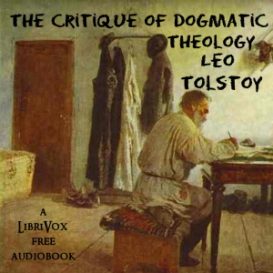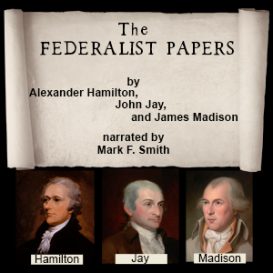Early modern
Showing all 7 results
Conversations on the Plurality of Worlds
This book is a popular science book written in the late 1600s. It is written as a series of conversations between a gallant philosopher and a countess, while walking in her garden and gazing at the stars. The philosopher explains the heliocentric (sun as the centre) model of the solar system and also muses on the possibility of extraterrestrial life. While it explains the heliocentric model, unlike other astronomy works of the time, it did not attract the attention of the Church. (Summary by TriciaG, modified from Wikipedia)
The Age of Anne
This short survey of the age of Queen Anne begins with the War of the Spanish Succession (1701-1714) and the career of the Duke of Marlborough, leader of the allied armies against Louis XIV. Scotland joins England to form the United Kingdom. Peter the Great wrests control of the Gulf of Finland from Charles XII of Sweden and builds St. Petersburg. Despite the Jacobite threat, the Whigs secure the Protestant Succession and George I ascends the throne. Pope writes a mock epic in couplets, Addison's "Spectator" enlivens coffee houses and tea tables, and Defoe creates the immortal "Robinson Crusoe." (Pamela Nagami, M.D.)
The Birth of Tragedy
In this famous early work of German philosopher Friedrich Nietzsche, he investigates the artistic characteristics of Apollonian (reason) and Dionysian (passion) characteristics in Greek art, specifically in Greek tragedy as it evolved. Then he applies his conclusions about Greek tragedy to the state of modern art, especially modern German art and specifically to the operas of Richard Wagner.
The Conspiracy of Pontiac and the Indian War after the Conquest of Canada
"The Conspiracy of Pontiac" was Parkman's first history book and first published in 1851. It covers the Indian wars of 1763 to 1769. Pontiac, an Ottawa chief, put together a coalition of Indian tribes from around the Great Lakes region and the Illinois and Ohio Countries to attack the British under General Jeffrey Amherst. - Summary by Richard Carpenter
The Cossacks: Their History and Country
One of the earliest histories of the Cossacks to appear in English, with an emphasis on the exploits of famous Cossack leaders and Cossack struggles for political autonomy. Originally published in 1919. From the Foreword: "It is the proudest boast of the Cossacks of today -- as of their forbears of the Ukraine -- that they have never been classed as serfs nor for a moment lost their freeman's instinct for the principles of liberty. While the peasants of North Russia were bowed in shameful submission to the Great Princes of Moscow and later to the 'dark forces' of the Tsar's court and the Baltic-German officialdom of the capital on the Neva, the history of the Cossack inhabitants of the southern steppes was (as we shall later see) a long epic of heroic resistance to the encroachments of autocracy." - Summary by Kazbek
The Critique of Dogmatic Theology
More systematic, but no less sincere than A Confession (which originally served as the introduction to this work), The Critique of Dogmatic Theology is an early attempt on the part of Tolstoy to impart the results of his meticulous study and fearless inquiry into the beliefs and traditions of Orthodox Christianity following his renewed interest in spirituality. - Summary by Paul Rizik
The Federalist Papers (version 2)
?The Federalist Papers? are a collection of 85 linked essays that explain the construction of the U.S. government and why it was built that way. The Papers are regarded as the best pipeline into understanding the U.S. Constitution and the founding principles of the government it would establish. I have endeavored here to present these essays, not as articles in a newspaper, but as you might have experienced them if you had sat in a comfortable tavern with a tankard in hand, and listened while these ardent men ranged in front of a friendly fireplace as they attempted to convince you of their arguments. Following the Revolutionary War, the newly-independent United States of America were organized under the Articles of Confederation. This well-intentioned document was faulty to the purpose, and the new nation rapidly found itself in dire financial distress. Consequently, in 1787 a Constitutional Convention was called to produce a new blueprint for the government. After completion, that plan was sent to the States in September of that year for ratification, but it immediately came under fire for the powers it granted to the central government. In New York, views on either side were heated. To persuade the public to support the Constitution for ratification, Alexander Hamilton (who had been a delegate to the Convention) and John Jay (who had helped negotiate the treaty with Great Britain that ended the War), began a series of anonymous essays to educate the citizenry in how the government would be arranged, and why those choices had been made. Later, when Jay was rendered unable to continue by an attack of rheumatism, Virginian James Madison (another Convention delegate who was in New York, serving in the Confederation Congress) was recruited to fill in. Each wrote essays that were signed ?Publius,? the name of a general who had helped to found Rome, to conceal their identities, which might have led to difficulties as Hamilton and Madison had been inside the deliberations at the Convention. These essays were published serially in New York newspapers, eventually reaching the total of 85. (Summary by Mark Smith)








